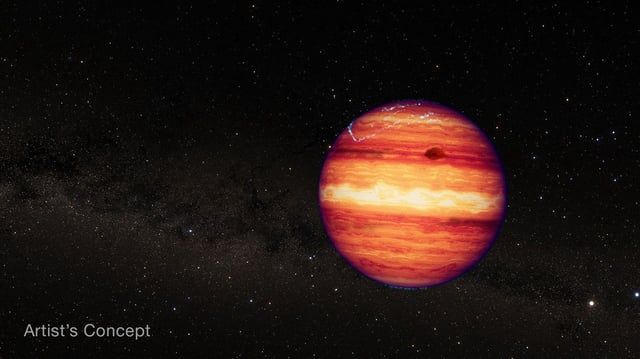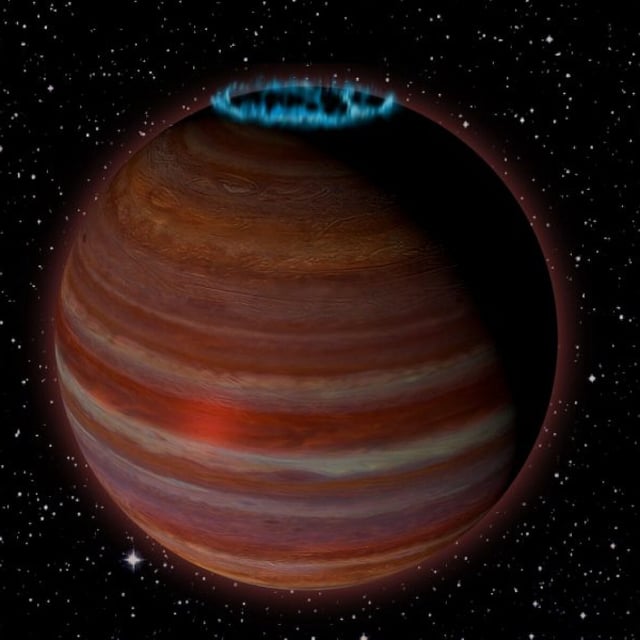Overview
- NASA's James Webb Space Telescope studied SIMP 0136, an isolated planetary-mass object 20 light-years from Earth, using advanced infrared spectroscopy over two rotation periods.
- The observations revealed a dynamic atmosphere with patchy iron and silicate clouds, high-altitude temperature fluctuations, and variations in carbon chemistry.
- SIMP 0136's rapid 2.4-hour rotation and lack of a host star make it an ideal subject for detailed atmospheric analysis without interference from stellar light.
- The findings highlight the three-dimensional complexity of gas giant atmospheres, offering insights relevant to future exoplanet imaging missions like the Nancy Grace Roman Space Telescope set to launch in 2027.
- Researchers noted that atmospheric variability in objects like SIMP 0136 could challenge single-point measurements of exoplanets, emphasizing the need for multi-dimensional analysis.



